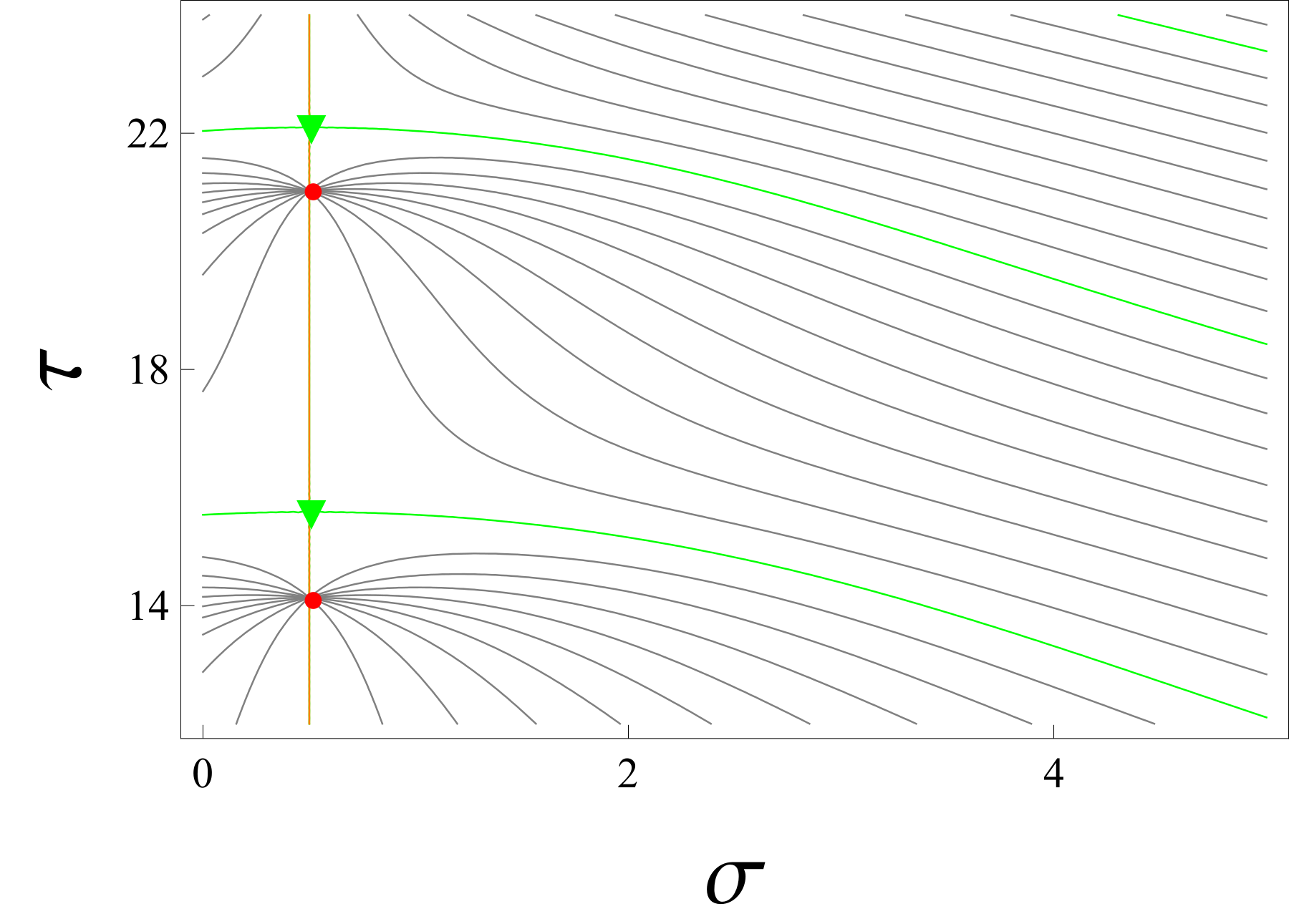Contributors
H. Maier, W.P. Schleich
Collaborations
P.C. Abbott (The University of Western Australia, Crawley, Australia), I. Bezděková (Czech Technical University in Prague, Prague, Czech Republic), M.B. Kim (Texas A&M University, College Station, USA), H. Montgomery (University of Michigan, Ann Arbor, USA), J.W. Neuberger (University of North Texas, Denton, USA)
Funding
Texas A&M University Institute for Advanced Study (TIAS)

